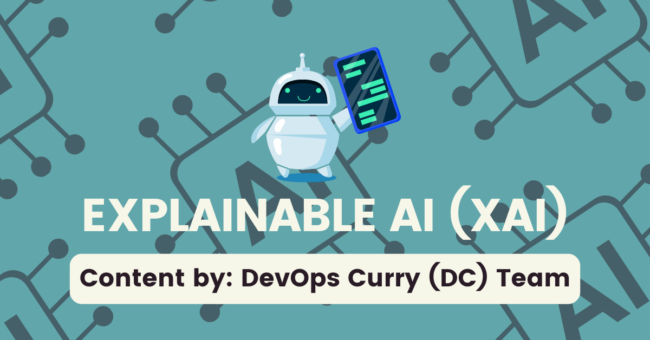This article talks about what explainable AI (XAI) is, why is it important, its benefits, and its limitations.
Introduction to Explainable AI
AI developers and scientists design the algorithm on which an AI model works. But interestingly, even they do not fully understand how the AI model uses this algorithm to produce a specific output.
For example, one of the applications of AI includes AI scanning of medical images for diagnostic purposes. Let’s say that the AI model declares that a person has cancer without telling why. In this case, not only the patient but even the doctor will be skeptical about the AI’s diagnosis. However, if the AI highlights the specific areas in the image that look like a tumor, the AI’s diagnosis is well-supported and much more believable.
And that is what explainable AI is all about…
What is Explainable AI (XAI)
When you give an input to an AI model, it produces an output. Whatever happens in between – all the calculations and the data processing that led to that particular output – stays unknown to you and even to the developer. This hidden phase is called the black box.
Explainable AI or XAI is an attempt to reveal those hidden calculations that occur between the input and the output. In other words, explainable AI unboxes the black box (opaque and hidden) and turns it into a white box (transparent and revealed). In technical terms, explainable AI can be defined as “…a set of processes and methods that allows human users to comprehend and trust the results and output created by machine learning algorithms.” (IBM)
Now, let’s move on to why the need for explainability arose i.e. the importance of explainable AI…
Why is Explainable AI Important
Let’s take the example of the finance and banking sector where AI is used for detecting fraudulent activities. If the AI flags a particular transaction as fraudulent, 2 of the possible reasons behind this could be…
- Transactions too frequent than usual
- Transactions larger than the customer’s income
However, if the bank itself doesn’t know why the transaction was flagged as fraud, what will it explain to the frustrated customer? This will deteriorate customer experience as well as hurt the bank’s repute. Similarly, as in the previous example, the doctor needs to know why the AI diagnosed the person with cancer in order to trust it.
Another example we can take is that of text-based AI models (like ChatGPT). These AI models are often trained on huge volumes of structured, semi-structured, and unstructured data. As most of this data is raw, it is liable to contain at least some bias and inaccuracy, which may be reflected in the AI’s output too. Here, explainability tells the users exactly what source data an AI model used to produce a specific output. If the source data seems biased, then the AI’s output is biased too.
Hence, explainability is crucial to determining the authenticity and correctness of an AI’s output. The benefits of explainable AI can be further summarized as follows…
Benefits of XAI
- Transparency and interpretability: The most important advantage of explainability is transparency. It makes the AI model more comprehensive and interpretable for the user. Ultimately, explainability improves the trustworthiness of the AI model.
- Performance evaluation: As the black box is no longer hidden from the developers, it is now easier for them to judge the AI’s performance. In this way, explainability helps developers find and address the weaknesses in their algorithm.
- Risk mitigation: Explainable AI keeps the model transparent and bias-free. It allows the developers to ensure the model complies with the company’s policies and ethical and legal laws.
- Responsible AI: Explainability in AI further helps to promote responsibility – which refers to the ethical and legality in the development and implementation of an AI system. Explainable and responsible AI together help to promote bias-free, safe, and secure AI systems
- Increased adoption: As explainability makes AI models more trustworthy and reliable, businesses and industries that were previously hesitant to use them also begin to adopt AI.
Limitations of Explainable AI
Following are the limitations and risks of using explainable AI:
- Explainability adds an extra layer of complexity to AI model development, thus demanding more resources, effort, and time.
- Transparency, which is the primary benefit of explainable AI, can turn into a disadvantage when working with confidential data. This calls for strict data handling guidelines and protocols.
- Although explainable AI gives the reasons behind its output, it still can be difficult to understand for people with insufficient background knowledge.
- Explainable AI does not remove bias but rather supports the biased results with a (biased) explanation. It depends on the user to identify and address any biases present.
Conclusion
Although AI models are often more accurate and capable than humans, the chances of bias and inaccuracy make it difficult to trust. This is where explainable AI becomes essential as it improves transparency between the AI model and the user. It does so by explaining how the AI model reached a specific conclusion and also tracing the output data to its source. Moreover, explainability is highly utilized in critical fields like healthcare, finance, and self-driving vehicles. It also helps developers find any faults in the model’s algorithm and then correct them. Lastly, explainability comes with certain risks and challenges too – like overcomplication of the AI development process or the danger of exposing confidential information.

